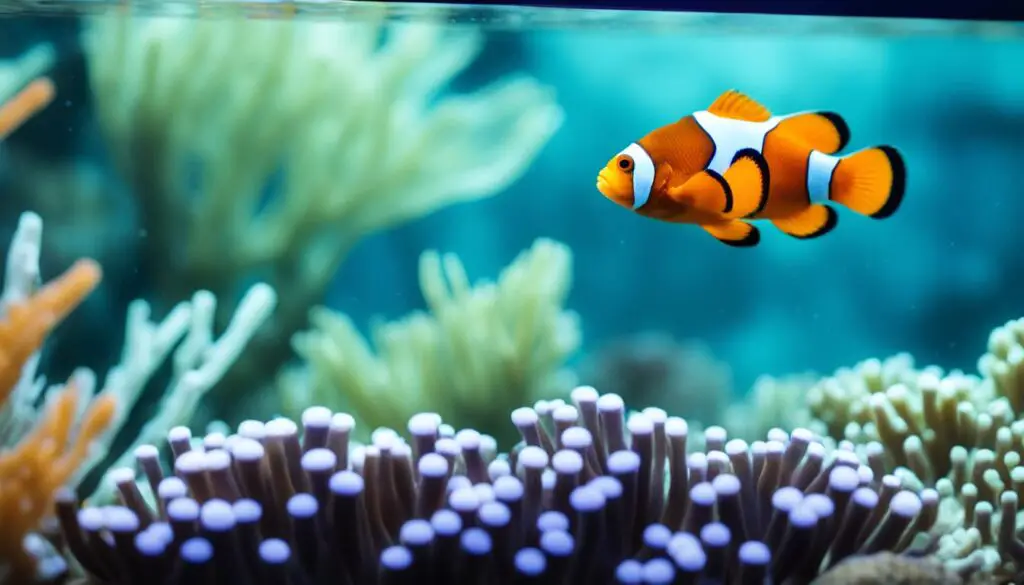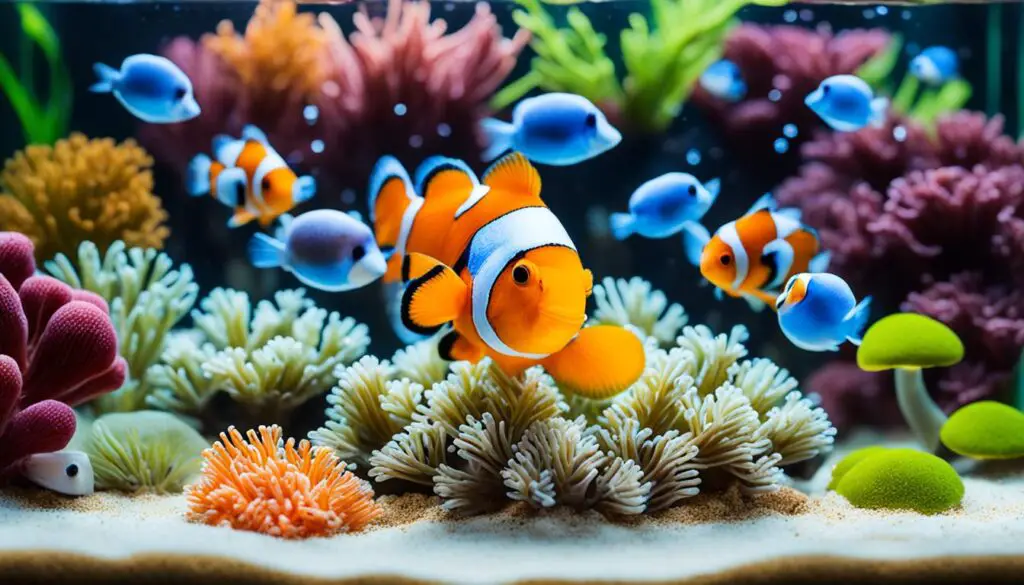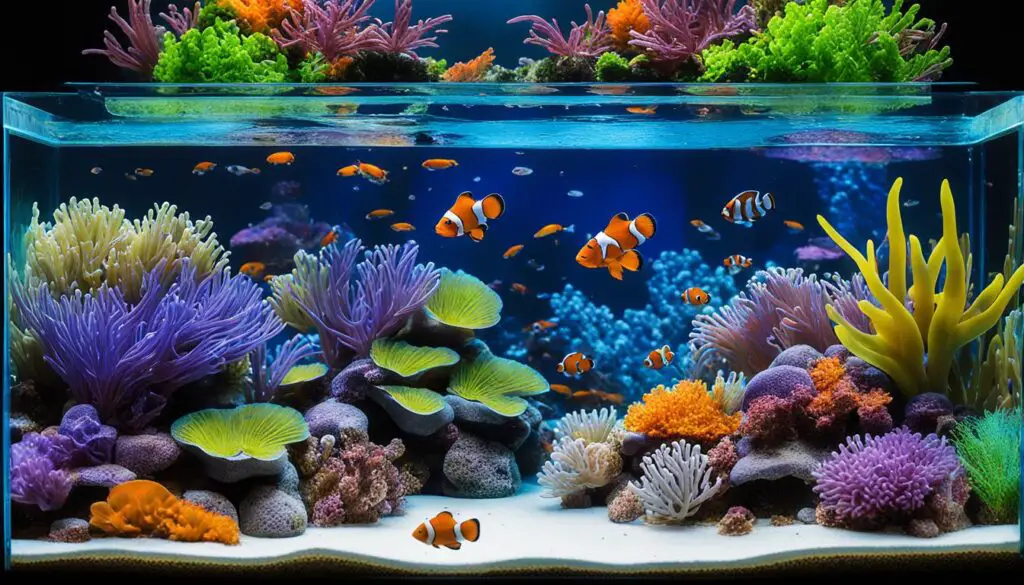How Long Can Dolphins Hold Breath

Introduction
The astonishing aquatic capabilities of dolphins have long fascinated both researchers and enthusiasts alike. Among their remarkable abilities, their capacity to hold their breath underwater stands out as a testament to their evolved adaptation to a life submerged in the ocean’s depths. Dolphins are well-known for their impressive breath-holding abilities, allowing them to navigate and thrive in their underwater habitat with exceptional prowess.
Dolphins belong to the group mammals known as cetaceans, which includes whales and porpoises. These creatures have evolved unique respiratory systems that enable them to excel in the aquatic realm. When a dolphin dives beneath the surface, a series of physiological changes occur that facilitate their extended breath-holding. Their heart rate slows down, reducing oxygen consumption, and blood is directed towards vital organs, ensuring efficient distribution of oxygen. Additionally, they possess a high concentration of myoglobin, a protein that stores oxygen in muscle tissues, giving them an extra oxygen reserve to draw upon during dives.

How long can dolphins stay without air?
Dolphins have been known to hold their breath for up to 20 minutes underwater, but the regular maximum time for submersion is considered to be 10 minutes.
Dolphins, remarkable marine mammals, possess the ability to stay without air for several minutes. Their breath-holding capacity is a product of intricate physiological adaptations, including a slowed heart rate, efficient oxygen distribution, and the presence of myoglobin in muscles.
While the duration varies among species and circumstances, on average, dolphins can remain submerged for about 5 to 10 minutes. This remarkable feat showcases their evolved strategies for thriving in the underwater world, enabling them to navigate, hunt, and interact in their oceanic environment with exceptional grace and skill.
How do dolphins sleep without breathing?
Dolphins cannot sleep in this way; they have to remain conscious, even when they are sleeping. This is because their breathing is not automatic, it is consciously controlled. In other words dolphins have to actively decide when to breathe, and so they must be continually conscious to breathe.
Dolphins have a unique adaptation for sleep in their aquatic environment. To maintain vital functions while resting, they employ unihemispheric slow-wave sleep, a phenomenon where only one hemisphere of their brain sleeps at a time. This enables them to stay partially conscious and alert to the surface for breathing. As one hemisphere rests, the other remains active enough to control swimming and surfacing for air. This remarkable adaptation allows dolphins to enjoy periods of rest while still ensuring their survival in an environment where breathing is a conscious act, showcasing their exceptional evolutionary strategies.
What animal can hold its breath the longest?
So far, that record goes to the Cuvier’s beaked whale, a medium-sized whale that is known for its long, deep dives. There’s a lot that is unknown about the oceans, but with developments in research technologies, we’re learning more each day.
The champion of breath-holding in the animal kingdom is the Cuvier’s beaked whale. Renowned for its astonishing diving abilities, this elusive cetacean can hold its breath for an incredible two hours or more. Such extraordinary feats are made possible by physiological adaptations that include a lowered heart rate and efficient oxygen usage. This marine marvel showcases the remarkable limits to which evolution has pushed an animal’s capacity to thrive in the depths of the ocean.
Do dolphins get out of breath?
Dolphins are able to hold their breath for several minutes but typically they breathe about 4 or 5 times every minute. Deep-diving whales such as sperm whales or Cuvier’s beaked whales may go well over an hour between breaths.
Dolphins are adept breath-holders, and while they don’t get “out of breath” in the same way humans do, they still need to surface regularly for fresh air. Their physiological adaptations, like slowed heart rates and oxygen storage, help them manage extended dives. However, their need for oxygen limits the duration of their submersion. Dolphins have evolved efficient mechanisms to navigate between periods of diving and surfacing, ensuring their survival and ability to thrive in their watery habitats.
Do dolphins ever fully sleep?
Because dolphins need to tell themselves when to breathe, they can never completely fall asleep. Instead, dolphins only let one half of the brain sleep at a time. Dolphins let the right side of their brain go to sleep while the left side stays awake to control the breathing.
Dolphins exhibit a unique sleeping pattern that involves shutting down one hemisphere of their brain at a time, allowing them to maintain essential functions while resting. This adaptation ensures that they can continue to swim, rise to the surface for air, and remain vigilant for potential threats. This “half-sleep” mode lets dolphins rest without entering a state of complete unconsciousness, enabling them to navigate their surroundings even during periods of rest. This remarkable ability showcases their evolutionary prowess in adapting to the challenges of life in the marine environment.
Do dolphins need to come up for air frequently?
Dolphins surface to breathe regularly, but the frequency varies based on their activities and circumstances. When they are resting or swimming leisurely, they might surface every few minutes. However, during more energetic activities like hunting or evading predators, they may surface more frequently.
Dolphins, while adapted for aquatic life, still need to surface for air regularly. While they possess impressive breath-holding abilities, their voluntary breathing system requires them to consciously come up for air. The frequency of surfacing varies depending on their activities; during leisurely moments, they might surface every few minutes. However, energy-demanding endeavors such as hunting or evading predators can prompt them to surface more frequently. This unique balance between underwater prowess and the need for air underscores the intricate relationship dolphins maintain with the ocean’s surface.
How do dolphins manage to breathe when they are sleeping?
Dolphins are voluntary breathers, meaning they must consciously come to the surface to breathe. They have the ability to shut down one hemisphere of their brain while sleeping, allowing the other hemisphere to remain alert enough to control swimming and breathing. This adaptation enables them to rest while still maintaining their essential life functions.
Dolphins exhibit a unique adaptation for breathing while sleeping. As voluntary breathers, they shut down one hemisphere of their brain at a time, allowing the other hemisphere to remain awake enough to control swimming and breathing. This remarkable behavior, known as unihemispheric slow-wave sleep, enables dolphins to rest while maintaining essential life functions. By alternating brain activity, dolphins ensure they rise to the surface to breathe periodically, even during sleep. This adaptation showcases the evolutionary ingenuity that has enabled these marine mammals to navigate the challenges of their aquatic existence with remarkable efficiency.
Can dolphins control their dive depths to conserve oxygen?
Yes, dolphins have the ability to control their dive depths to optimize oxygen consumption. They adjust their swimming patterns, lung volume, and other behaviors to regulate their oxygen usage. This control allows them to make efficient use of their oxygen reserves during dives.
Certainly, dolphins have a remarkable ability to control their dive depths with precision, enabling them to conserve oxygen while navigating the depths. Through subtle adjustments in their swimming patterns, lung capacity, and muscular activity, dolphins can regulate their buoyancy and oxygen consumption. This skill allows them to efficiently utilize their oxygen stores during dives, contributing to their impressive breath-holding capabilities. By mastering the art of depth control, dolphins showcase their evolutionary adaptations tailored to the demands of their underwater lifestyle.
How long can dolphins hold their breath on average?
Dolphins are capable of holding their breath for several minutes on average. The duration varies depending on the species, individual, and environmental factors. Generally, dolphins can stay submerged for around 5 to 10 minutes.
The mesmerizing underwater world of dolphins is accompanied by a captivating physiological adaptation: their breath-holding prowess. On average, dolphins can hold their breath for several minutes, an ability that reflects their intricate adaptations to life in the ocean.
The actual duration of breath-holding varies among dolphin species and even individuals within those species. While a specific timeframe may not universally apply, a general range of 5 to 10 minutes is typical for most dolphins. This remarkable feat is made possible by a combination of physiological adjustments and evolutionary traits that have developed over millions of years.
When a dolphin takes a dive, its body undergoes a series of changes aimed at conserving oxygen. One of the key strategies is the reduction of the heart rate, which helps slow down oxygen consumption. Blood flow is also directed towards essential organs, ensuring that oxygen is optimally distributed. Furthermore, dolphins possess a high concentration of myoglobin in their muscle tissues. Myoglobin is a protein that stores oxygen, serving as a supplementary oxygen reservoir during dives.

Conclusion
Dolphins’ capability to hold their breath underwater is a product of evolution, finely tuned to suit their lifestyle. Through the slowing of heart rates and the redirection of blood flow to vital organs, these animals efficiently conserve oxygen during their submerged excursions. The presence of myoglobin in their muscle tissues further enhances their oxygen storage, allowing for extended dives.
Variations in breath-holding duration between species and individuals highlight the nuances of these adaptations. From the common dolphin’s ability to stay underwater for several minutes to the bottlenose dolphin’s adeptness at managing shorter but highly energetic dives, each species has evolved a unique strategy for survival. These strategies might involve adapting to specific ecological niches, hunting techniques, or predator evasion.



